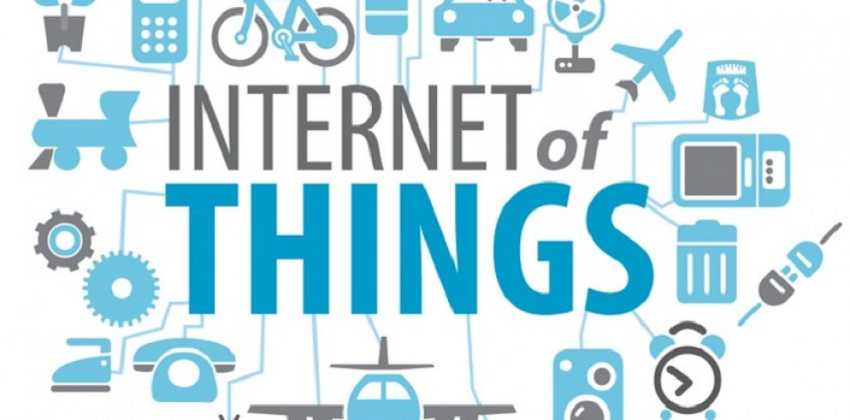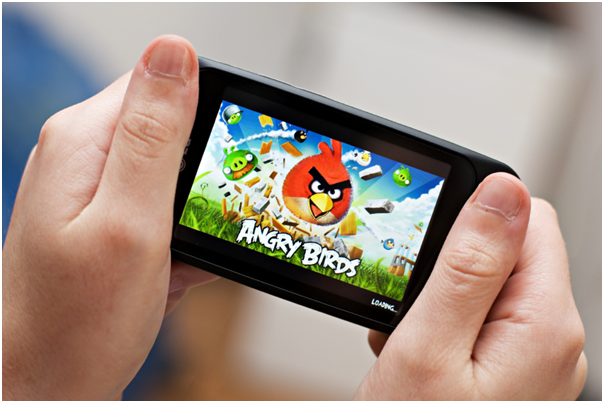According to most of the enlightened minds of our planet, the next technological and digital revolution will be the Internet of Things. Whether they are sports shoes, thermostats, medicine bottles, intercoms, smart light bulbs, more and more objects of our daily life will be directly connected to the network with the possibility of getting information, updating with new features and interacting directly with other people’s objects.
In all this obviously the giants of Information Technology could not sit back (you could bet on it, maybe on Resorts Casino Bonus Code ) and two giants are already moving important steps. Surely the one who is ahead of everyone is Google, that in these days launched the first complete release of Android Things, revised and corrected version of the operating system already present in billions of tablets and smartphones. AT is therefore designed precisely for the Internet of Things.
Lighter, more based on Cloud technology, Google has created Android Things with important partners who have already entered the Internet of Things market like LG, Lenovo and JBL with the not hidden goal of becoming market leader right away and leaving nobody else a significant dominant position on a market that could really be very important in a more or less near future. The fact of having much in common with Android older brother will allow a lot of software houses to start making apps for AT and the devices on which it runs in a very fast way.
Microsoft has instead thought to brush up on Kinect. Videogamers on the line will certainly remember that, next to Xbox 360, the Redmond multinational company launched this motion sensor, a camera able to incorporate space movements of the player and turn them into an input for ad hoc created videogames.
Born as a response to the great success of Nintendo Wii, Kinect on Xbox 360 had a rather good success while it quickly fell by the wayside with Xbox One and rapidly no videogame supported no longer this accessory, so that Microsoft stopped its production for some time.
Now the technology on which Kinect was based returns to the forefront as the keystone for the Internet of Things through Project Kinect for Azure. It is a video camera capable of perceiving the depth of an environment by analyzing the information acquired by two sensors in real time, tracing the behavior of the human visual system. Its points of strenght for IoT are a manageable resolution (1024×1024 pixels), very low energy consumption and excellent performance in heavily lit environments, for example with direct sunlight.
Thanks also to the presence of the advanced Time-of-Flight sensor for distance measurement, Project Kinect for Azure puts in the hands of developers the tools to make any device able to better understand the space around it and make interaction modes even more simpler and immediate.
Project Kinect for Azure will not be launched as a commercial product but will remain a solution for developers for the time being. Microsoft’s hope is obviously that it will be installed in many devices that are ready to make the Internet of Things revolution.



